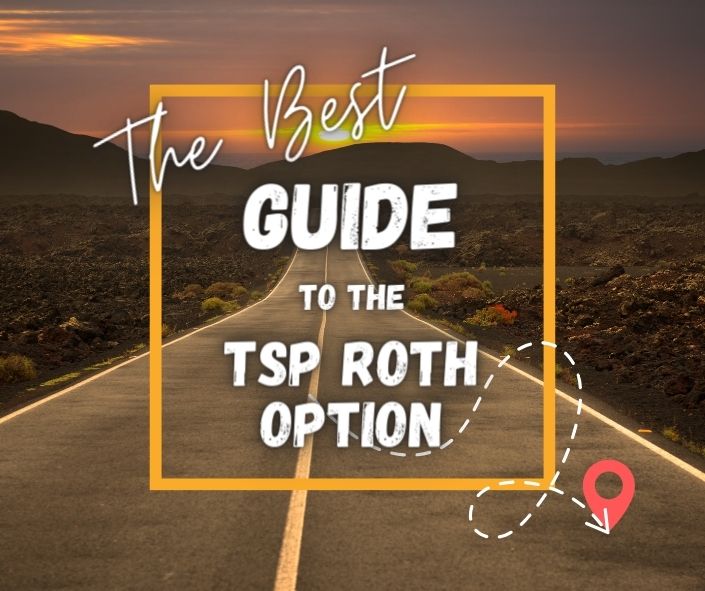Cons of a TSP Roth Option

While a TSP Roth Option offers attractive benefits, it’s important to consider the potential drawbacks before making a decision. Let’s explore the cons of a TSP Roth Option and understand the factors that may impact your retirement savings strategy.
Upfront Tax Liability
One significant downside of Roth is the upfront tax liability. Unlike traditional TSP contributions, which are made with pre-tax dollars, contributions to a TSP Roth account are made with after-tax dollars. This means that you’ll need to pay taxes on the contributions in the year they are made, which can impact your current finances. Additionally, you may contribute less overall since the percentage you allot will be from you post tax income.
The Roth Option has Cash Flow Impacts
The choice between the TSP Roth option and the Traditional option can significantly impact your cash flow management. Opting for the Traditional TSP allows you to contribute pre-tax dollars, effectively reducing your taxable income in the current year. This can lead to immediate tax savings and potentially bolster your cash flow. On the other hand, choosing the Roth option means contributing after-tax dollars, which doesn’t provide immediate tax benefits. While this approach may limit your current cash flow since you’re using taxed income, it can potentially result in greater financial flexibility in retirement. Understanding the cash flow implications of each option is crucial for making informed decisions aligned with your current financial situation and long-term goals.
TSP Roth Option won’t Decrease Tax Liabilities in Current Year like Traditional TSP
Contributing to a Roth TSP offers distinct tax disadvantages compared to traditional contributions. Unlike traditional contributions, Roth contributions do not reduce your taxable income in the year you make them. Instead, you invest after-tax dollars, meaning you pay taxes upfront. However, the benefit lies in the future: qualified withdrawals from a Roth TSP, including both contributions and earnings, are tax-free. This makes Roth contributions particularly advantageous for those anticipating higher tax brackets in retirement or seeking to diversify their tax exposure. While it doesn’t offer immediate tax savings, the Roth option can provide significant long-term benefits by potentially shielding withdrawals from future tax liabilities.
It’s crucial to carefully evaluate these cons in the context of your individual financial situation and retirement goals. Balancing the potential benefits and drawbacks of a TSP Roth Option can help you make an informed decision that aligns with your needs and objectives.
In the next section, we will explore the factors you should consider when evaluating Roth TSP and other retirement savings options.

